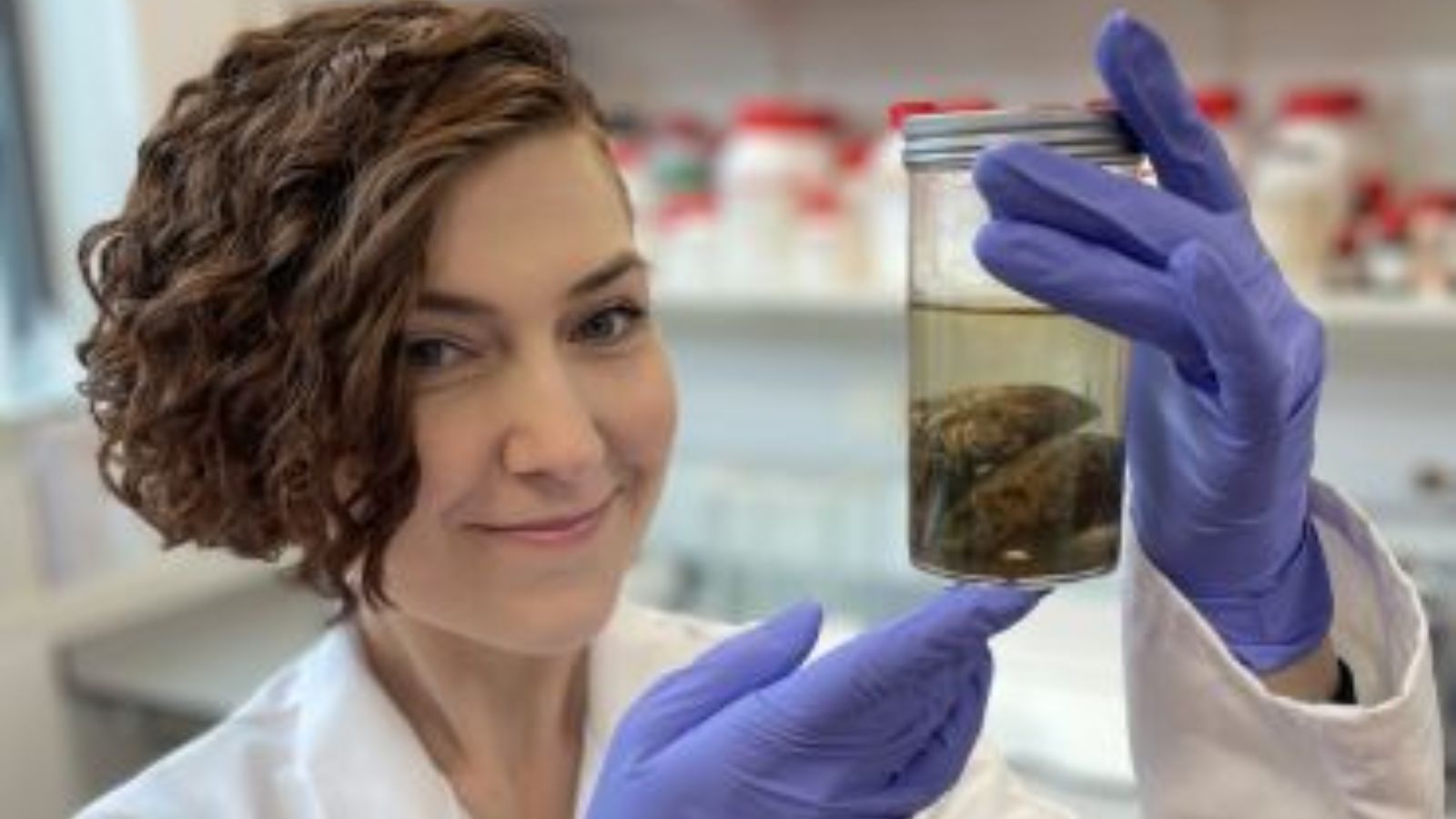A group of researchers at the University of Oxford carried out a study about preserved human brains and made an archive that is 20 times the size of the previous archive of brains.
The preservation of soft tissues is rare in fossils and other geological record unless some intervention happens as the tissue decays. For example, both embalming and freezing could do this. The survival of entire organs is even more rare. In fact, the preservation of the brain in the absence of any other soft tissues was often regarded as a “one-of-a-kind” phenomenon. However, the new research published in the Proceedings of the Royal Society B shows that nervous tissues survive in much greater abundance than previously thought, assisted by conditions that stop decay.
The study brings together records of more than 4,000 preserved human brains from six continents from over two hundred sources. Many of these brains were up to 12,000 years old and found in records dating back to the mid-17th century. It found that shrunken, discoloured tissues were found preserved in all kinds of individuals from Egyptian and Korean royalty to British and Danish monks to Arctic explorers and victims of war.
The researchers went though literature and also spoke to historians across the world, finding that a surprisingly large number of archaeological sites held ancient human brains. This includes a lakebed in Stone Age Sweden, the depths of an Iranian salt mine around 500 BC and the summit of Andean volcanoes at the height of the Incan empire.
Brains in the database were also matched with historic climate data from the same area to find out if there is a pattern of when and where they were found. This revealed that patterns trends in the environmental conditions associated with different kinds of preservation, including dehydration, freezing, saponification and tanning.

